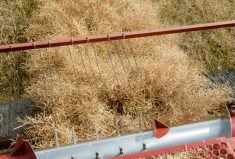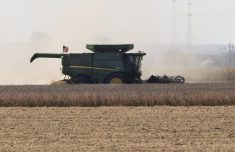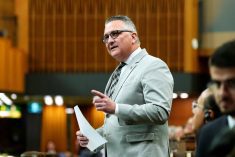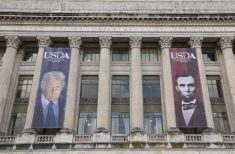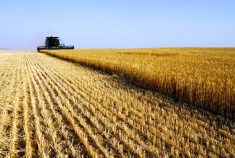The Alberta government should consider selling off public land as one way to end conflicts and ensure better conservation, says a new report from the Fraser Institute.
“People generally take care of their own property better than if it is simply left,” said Mark Milke, one of the authors of Ranching Realities in the 21st Century.
Land conflicts started in Alberta before the province joined confederation but escalated as the population grew. Those leasing Crown owned areas for grazing are expected keep the land in good shape but they also face increased demand from recreationists entering the land with ATVs, snowmobiles as well as resource companies harvesting timber or oil and gas.
Read Also
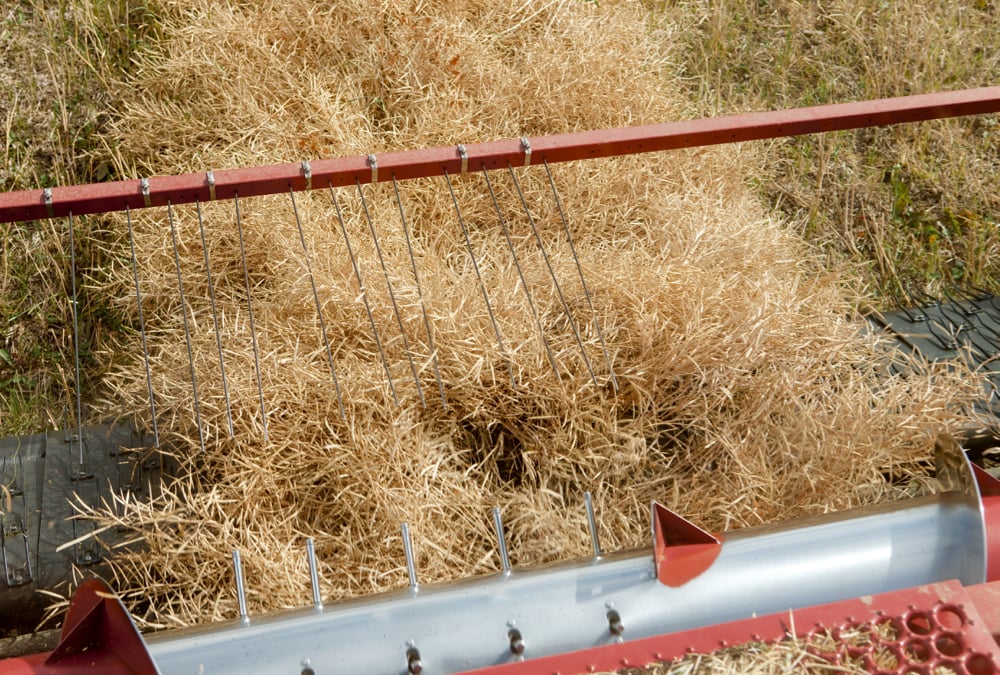
Alberta harvest wrapping up: report
Harvest operations advanced to 96 per cent complete in Alberta as of Oct. 7, with only a few late-seeded cereal and canola fields remaining, according to the latest provincial crop report.
“With private property it is quite clear. You have the right to decide who comes on to it, you can sell it, you have the right to profit from it. On lease land the boundaries are ambiguous,” he said.
Putting the land up for sale has merit, said Larry Sears, president of the Alberta Grazing Leaseholders Association. Saskatchewan has already sold about 500,000 acres of publicly-held land and recently offered another 600,000 acres.
“It would give the leaseholder a lot more equity if he is able to privatize and would give the province a lot better bang for the buck,” Sears said.
Not everyone is in a position to buy and decisions would have to be made by individual ranchers and their lenders.
“Times have changed from 10 or 12 years ago to where there is a pretty rosy outlook in the cow-calf business. There is some revenue that could be dedicated toward that,” he said.
A public land sell off is one way to amalgamate holdings and provide some security to leaseholders.
“It would not make a huge difference in the way it is managed. The grasslands are not going to change but security of tenure would improve dramatically,” he said
“Security and private property rights are very important to achieve some of the goals that people want, ” he said.
In Alberta lease terms are limited which Milke said reduces incentives to invest in the land’s future productivity.
The number of livestock and timing of grazing are usually determined by the government which offers little flexibility to change the landscape or adjust to changing climatic conditions.
The normal lease length is ten years but can be for up to 20 years and all leases can be renewed, assigned, mortgaged, transferred or reinstated. The lessee is responsible for improvements and maintenance. If the land is not grazed or if it is over or under the lease could considered not in good standing and potentially terminated if not brought back into good standing
About 60 percent of the land base or 100 million acres is publicly-held, according to Alberta Environment and Sustainable Development.
The Public Lands Act passed in 2011 allows for sales but it may also decide to set aside land for parks, recreation or developed as a natural resource.
Contact barbara.duckworth@producer.com





